Ethylene oxide / C2H4O
Purity: ≥99.9%
Specification: Steel cylinder specification: 30L, 40L, 100L, 400L, 800L
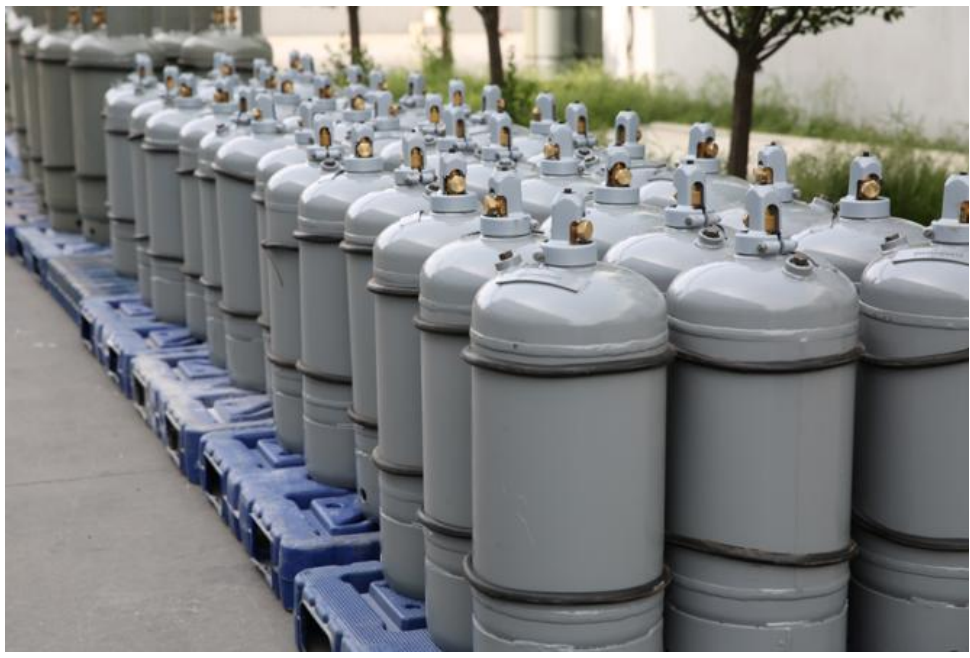
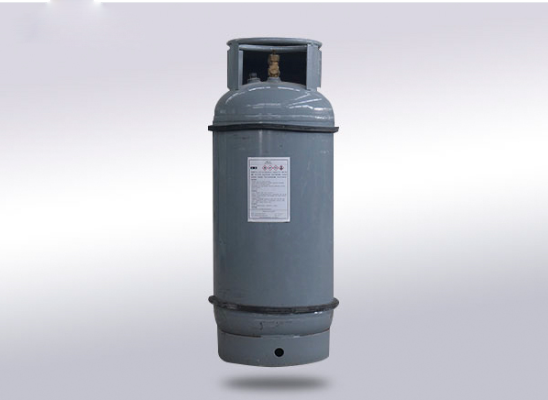
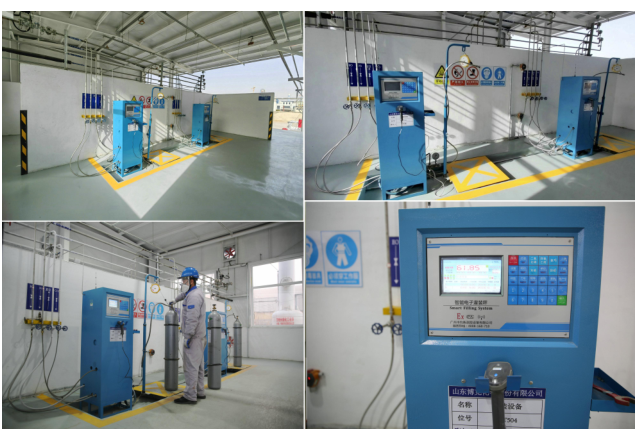
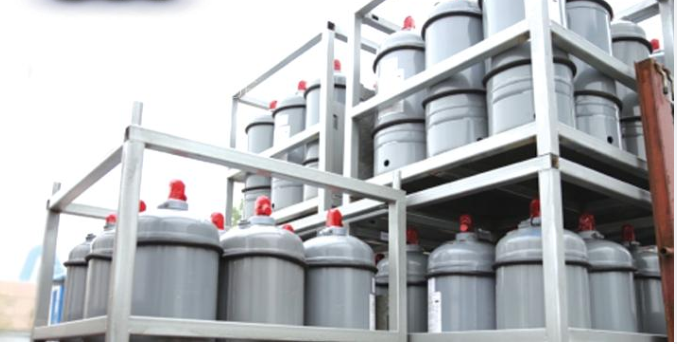
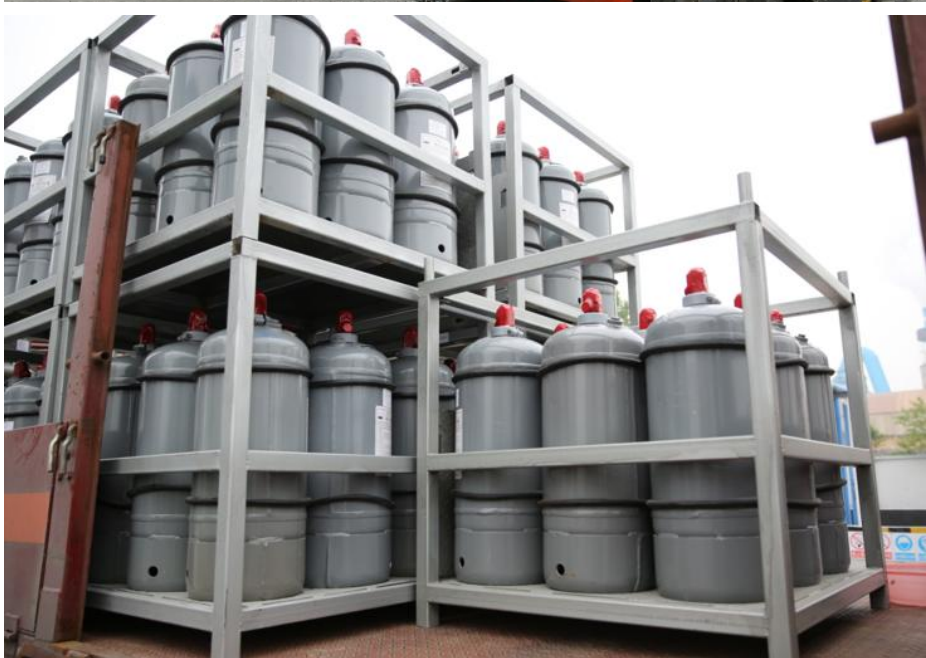





Ethylene oxide / C2H4O
Purity: ≥99.9%
Specification: Steel cylinder specification: 30L, 40L, 100L, 400L, 800L
As a leading manufacturer in China, we mainly produce and supply following equipment:
- Cryogenic air separation plant
- LNG liquefaction plant
- VPSA/PSA Oxygen Generator
- CO2 recovery plant (automatic control, manufacturers remote monitoring)
- N2O production plant (80kgs, 160kgs)
- Hydrogen production plant (Water Electrolysis,WE)
- Cryogenic liquid storage tank (LO2, LN2, LAr, LCO2, LNG and LPG)
- ISO tank, Semi-trailer tanker
- Vaporizer and cryogenic liquid pump
- Gas filling Station, Cylinder, Compressor
- Dry Ice machine etc.
- Dewar flask & micro bulk tanks
- Standard gas
- Hydrogen gas storage cylinder and ISO transport tank
- gas purifier
-Differential pressure compound transmitter to monitor liquid level, pressure with 4G wireless remote
Our products are designed, manufactured and tested as per reference standards of GB150, Safety technology supervision regulations of pressure vessels and some other reference Chinese standards.
Our company has obtained the A2 and C2, C3 Pressure Vessel Fabrication Certifcates ,Grade GC1 Pressure Pipe& Vessel Construction Certifcates, ISO9001 Quality Certificate, ASME Certificate and U Stamp. So, if you ask for ASME stamp, we are able to manufacture your products under ASME standard.
Our group company is a regular strategic partner of some big gas companies, such as Messer, Boc, Air Product and Air Liquide, etc in China. We have supplied many storage tanks for them with different sizes. The biggest size we ever provided is 3000m3 ordinary pressure storage tank. We also made high pressure storage vessels for them, such as 100m3 LCO2 tanks, 10m3 (20m3, 30m3)LO2 (LN2, LAR) tanks. Meanwhile, we are one of the long-term storage tank suppliers for Pepsi and Coca-Cola in China.
As a giant cryogenic equipments company with more than 40 years history, we are a top two manufacturer producing air separation plants in China. The biggest air separation plant we have ever made is 60,000Nm3/h, famous for its advanced technology and reliable performance. Our air separation plant is also supplied to Messer Vietnam.
Can you provide the drawings of your plant/tanks?
Normally, our production time is 6 months for air separation plants but it also depends on the capacity you require. The bigger the plant, the longer time for production. Please also note that when the plant is finished, we need to wait for bulk vessel. It’s very common to wait for one or two months to find the right vessel.
The delivery date for tanks is 3-5 months.
No. 2 Huaqiang Road, Tianhe District, Guangzhou, China

